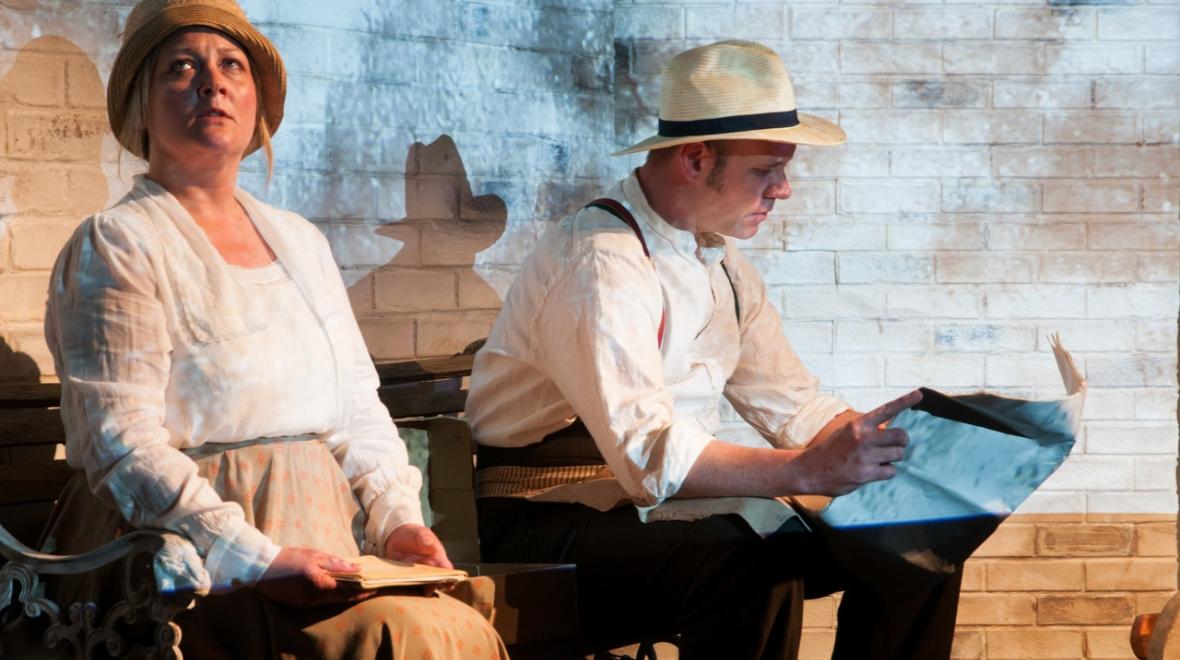The Box

The Box was a premiere theatre production that brought to life the discovered archive of Olive Swanzy, a nurse from County Down who served as a medic on the front lines of WWI.
Uncovered in an attic in Rostrevor, the collection had laid undisturbed for decades. Upon discovery the archive included sketches and drawings by Olive that documented her time at war alongside drawings and cartoons by the soldiers who were in her care.
The project brought to life this archive by combining theatre and multimedia to allow audiences a unique experience of the images within the collection and to build a narrative around them which facilitated a deeper engagement with the contents and subject matter.
Working with NMNI, QUB and the Nerve Centre, a digital copy of the archive was created which catalogued the note pads and sketch books which formed the bulk of the archive. This allowed for ease of sharing and dissemination of the primary material between partners.
To create the theatre production Kabosh commissioned playwright Carlo Gébler, an expert in creating nuanced historical drama. Using the archive Carlo created a fictionalised play that was inspired by, drew from and interpreted the primary material. Building a story around these pieces was a powerful way to increase their relatability to an audience and to create a context and framework in which they could be further understood. Images from the archive were woven into the story and projected directly onto the staging of the performance.
The performance was staged in June 2016 at the Ulster Museum to coincide with the Creative Centenaries #MakingHistory 1916 exhibition that featured items from the archive. Through this audiences were able to interact with the archive in several ways during their visit.
What worked well and what, if anything, didn't?
The project was successful in creating a new way for audiences to interact with source material. Its success was due to several factors:
Ease of access to primary materials. As the piece was based on an archive of primary material – creating and having ease of access to a digital copy of the source material made sharing and access of all partners to the collection much easier and fluidic.
Multiple partnership working. Working with a range of partners, each with specialities in different fields, allowed for a collective interpretation and presentation which engaged audiences in a new way.
Artistic interpretation. Having the ability and freedom to create an artistic response that was inspired by and drew upon the source material allowed us the freedom to create a very human and relatable experience for audiences that not only interpreted its source material but invited audiences to form their own personal interpretations of the archive.
Further Information
Dominic Montague, dominic@kabosh.net


